Understanding the Importance of Digestibility in Protein Sources
In the journey toward optimal health, the focus often shifts toward macronutrients and the quality of what we consume daily. When it comes to protein, not all sources are created equal, and selecting the easiest protein to digest plays a pivotal role in promoting a healthier gut and supporting overall wellness. While many individuals seek high-protein foods for muscle building, immune support, or weight management, they may overlook the significance of how the body processes these proteins. Poor digestion can lead to discomfort, nutrient deficiencies, and a disruption of the delicate balance within the gut microbiome, potentially undermining health goals.
Choosing easy to digest protein sources ensures that the body absorbs essential amino acids efficiently without overburdening the digestive system. Proteins that are difficult to break down can ferment in the intestines, causing gas, bloating, and inflammation. Over time, this strain on the gut may lead to more serious gastrointestinal conditions and weaken overall wellness. Thus, understanding which proteins are gentle on the digestive system empowers individuals to make informed dietary decisions that enhance both immediate comfort and long-term health outcomes. In this guide, we will explore the science behind protein digestion, the factors influencing digestibility, and practical strategies for choosing the best options for gut health and vitality.
You may also like: The Ultimate Guide to Gut Healthy Meals: Best Meals for Gut Health and Nourishing Recipes You’ll Love
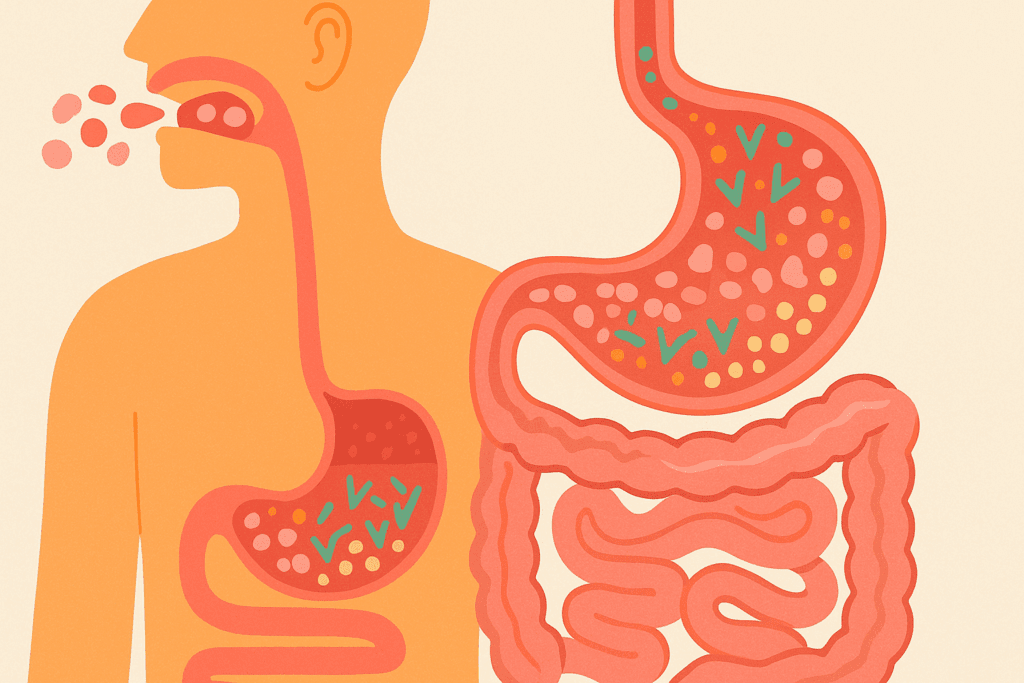
The Science Behind Protein Digestion: How the Body Breaks Down Protein
Protein digestion is a complex, highly coordinated process that begins the moment food enters the mouth and continues through the stomach and intestines. Initially, mechanical chewing breaks proteins into smaller pieces, increasing surface area for digestive enzymes to act upon. In the stomach, hydrochloric acid denatures protein structures, unfolding them and making peptide bonds accessible to enzymes like pepsin. This acidic environment initiates the first major breakdown of protein molecules into smaller chains known as peptides.
As partially digested proteins pass into the small intestine, they encounter an array of enzymes secreted by the pancreas, such as trypsin and chymotrypsin. These enzymes further cleave peptide bonds, reducing peptides into individual amino acids and small peptides that can be absorbed through the intestinal lining. The efficiency of this process determines how much of the ingested protein is available for bodily functions like tissue repair, hormone production, and immune support.
Factors such as enzyme production, stomach acidity, and gut motility all influence protein digestion. Impairments in any part of this process can reduce the bioavailability of protein and contribute to digestive discomfort. Moreover, the source and structure of the protein itself—whether it comes from plants, animals, or supplements—can significantly impact how easily it is digested. Recognizing the variables that affect protein digestion enables individuals to tailor their diets to support optimal gastrointestinal function and nutrient absorption.
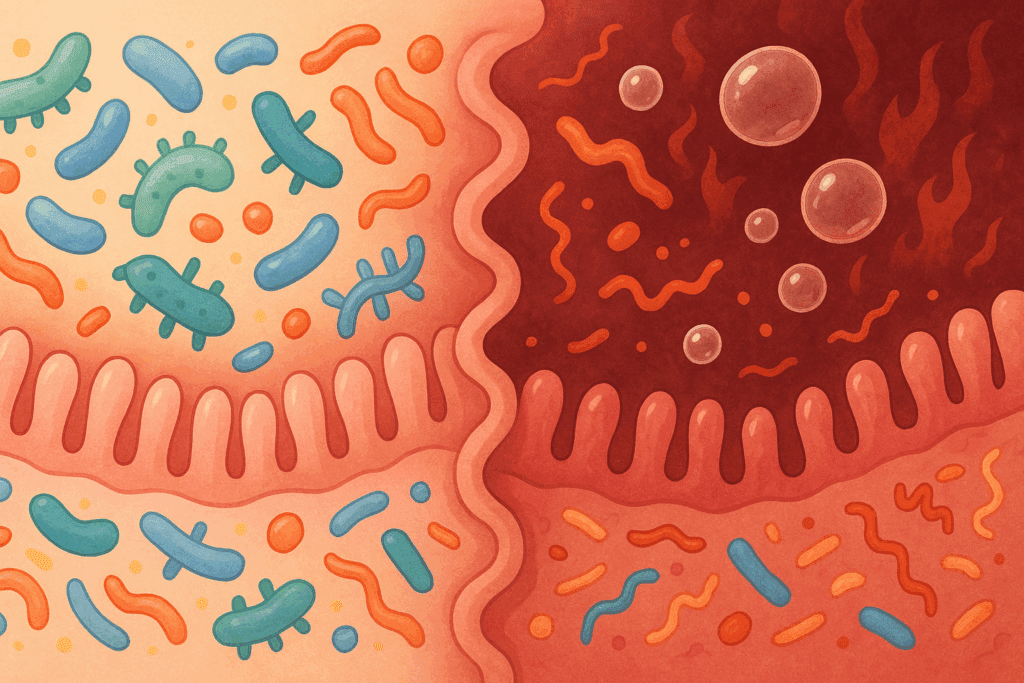
Why the Easiest Protein to Digest Matters for Gut Health
Maintaining a healthy gut requires more than just consuming probiotics or fiber-rich foods. The type of protein chosen also exerts a profound effect on gastrointestinal integrity. Proteins that are difficult to digest can lead to excessive fermentation by gut bacteria, producing gas, bloating, and inflammatory byproducts. Over time, this can damage the gut lining, contribute to leaky gut syndrome, and trigger immune dysregulation.
In contrast, choosing the easiest protein to digest minimizes the strain on the digestive system, reducing the likelihood of inflammatory responses and promoting a balanced microbiome. A gut environment that efficiently processes protein is better equipped to support overall health, from regulating metabolism and mood to fortifying immune defenses. Individuals with existing gut conditions such as irritable bowel syndrome (IBS), Crohn’s disease, or ulcerative colitis can particularly benefit from selecting easy to digest protein sources to alleviate symptoms and promote healing.
Moreover, a smoothly functioning digestive system enhances nutrient absorption across all food categories, ensuring that vitamins, minerals, and antioxidants reach their intended destinations within the body. Consequently, the benefits of choosing easy to digest protein extend beyond gut health, influencing energy levels, cognitive function, and disease prevention.
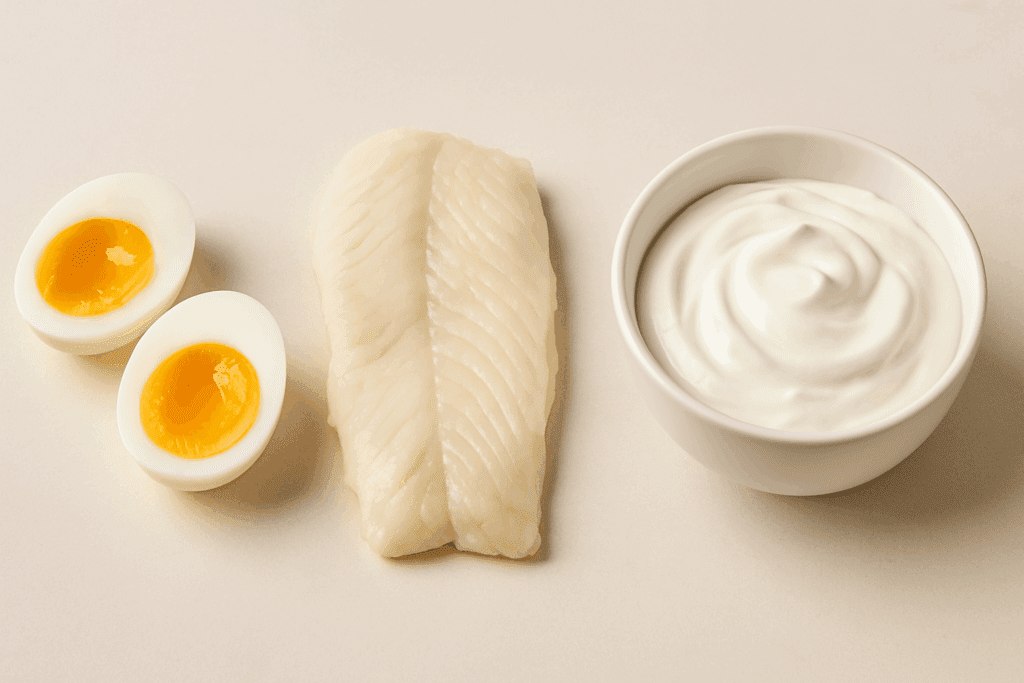
Identifying the Easiest Protein to Digest: Animal-Based Options
Animal-based proteins are often hailed for their complete amino acid profiles and high bioavailability, but not all animal proteins are equally gentle on the digestive system. Among the easiest protein to digest from animal sources are eggs, fish, and certain dairy products.
Eggs, particularly when cooked, offer a highly digestible form of protein with minimal residue left in the digestive tract. They contain a balanced profile of essential amino acids and are less likely to cause bloating compared to red meat. Soft-cooked or scrambled eggs may be particularly well-tolerated by individuals with sensitive digestion.
Fish, especially varieties like cod, sole, and tilapia, provide another source of easy to digest protein. These fish have delicate muscle fibers and lower connective tissue content compared to red meats, which facilitates quicker breakdown and absorption. Steamed or baked preparations preserve the digestibility of fish without introducing excessive fats or irritants.
Low-lactose or lactose-free dairy products such as Greek yogurt and certain cheeses can also offer easy to digest protein, provided the individual does not have a dairy intolerance. Fermented dairy products additionally supply beneficial probiotics that can further aid digestion. Understanding which animal-based proteins are most gut-friendly allows individuals to harness the benefits of animal nutrition without compromising gastrointestinal comfort.

Plant-Based Choices for Easy to Digest Protein
For those who prefer plant-based diets or seek to diversify their protein sources, identifying easy to digest protein options is equally crucial. While some plant proteins contain fiber and antinutrients that can hinder digestion, several stand out as particularly gut-friendly choices.
Pea protein, derived from yellow split peas, has gained prominence as a gentle, hypoallergenic protein source that is well-tolerated even by those with sensitive stomachs. It boasts a respectable amino acid profile and minimal fiber content, reducing the risk of bloating.
Rice protein, particularly when sprouted and fermented, is another option celebrated for its digestibility. Although it is slightly lower in lysine compared to animal proteins, it pairs well with other plant proteins to create a complete amino acid profile while remaining easy on the digestive tract.
Hemp protein, despite its fiber content, provides a highly digestible option when consumed in moderate amounts. It offers a balanced ratio of omega-3 to omega-6 fatty acids and contains edestin, a plant protein known for its exceptional digestibility. By incorporating these plant-based proteins strategically, individuals can reap the benefits of plant nutrition without sacrificing gut health.
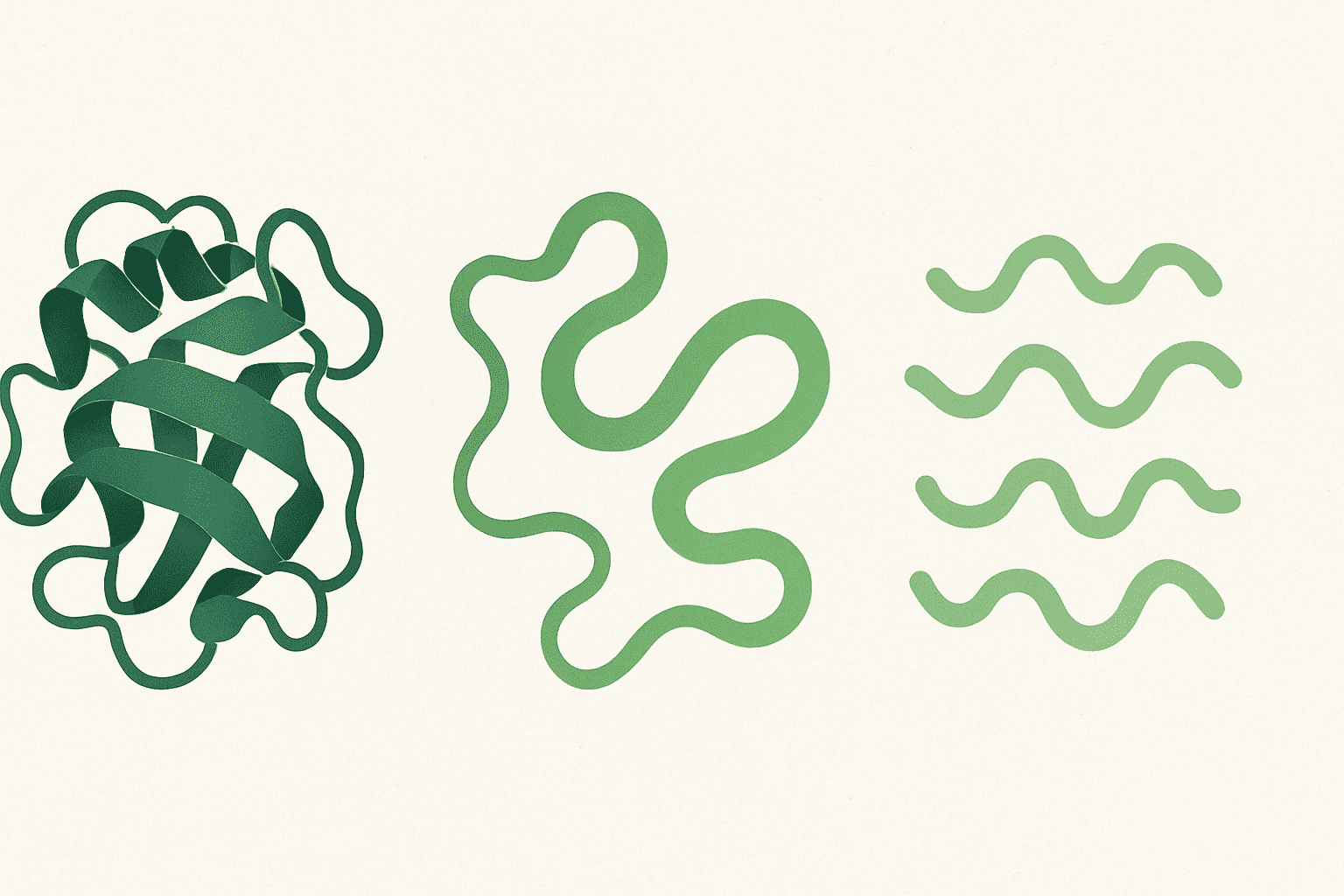
Factors That Influence How Easy a Protein Is to Digest
Several intrinsic and extrinsic factors determine whether a protein source will be easy to digest. The protein’s structure, amino acid composition, and preparation method all play vital roles. Proteins that have a simple, globular structure, such as those found in eggs and dairy, are generally easier to denature and enzymatically break down compared to fibrous, collagen-rich proteins in tougher cuts of meat.
Food processing techniques such as cooking, fermenting, or hydrolyzing proteins can significantly improve digestibility. Cooking denatures proteins, making them more accessible to digestive enzymes, while fermentation can pre-digest proteins, reducing their complexity. Hydrolyzed proteins, often found in specialized supplements, are pre-broken down into peptides and amino acids, offering near-instantaneous absorption.
Individual health status also influences protein digestion. Age, enzyme production, gastrointestinal health, and the presence of food sensitivities or intolerances can all affect how well the body processes different proteins. For example, aging often reduces stomach acid production and enzyme activity, making it even more important to select easy to digest protein sources that require less metabolic effort.
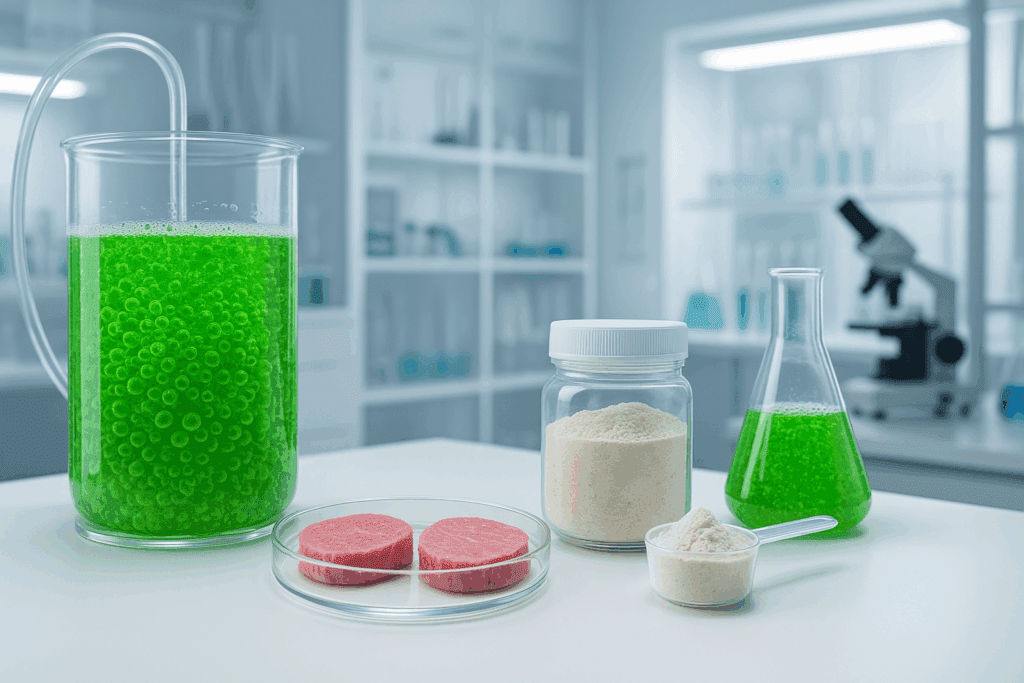
Frequently Asked Questions: Choosing the Easiest Protein to Digest for a Healthier Gut and Stronger Wellness
What Makes a Protein Source the Easiest Protein to Digest?
The easiest protein to digest typically has a simple structure, low fiber content, and minimal anti-nutrients that could interfere with digestion. Proteins that require less enzymatic breakdown, such as those from eggs and certain fish, are often considered more gut-friendly. Moreover, cooking methods like steaming or poaching can denature proteins, making them even easier to digest. Personal digestive health, enzyme production, and stomach acid levels also influence how effortlessly a protein is assimilated. Overall, the synergy between the food’s structure and an individual’s internal digestive capabilities determines what constitutes an easy to digest protein.
How Does Cooking Method Impact the Easiest Protein to Digest?
The method used to prepare protein can significantly alter its digestibility. Gentle cooking methods like steaming, boiling, and baking help preserve the natural structure of proteins while making them easier to denature during digestion. In contrast, heavily fried or charred proteins may introduce harmful compounds that not only irritate the gut lining but also make digestion more laborious. Slow cooking tougher meats like brisket can also enhance their ease of digestion by breaking down collagen and connective tissues. Thus, choosing appropriate cooking techniques can transform even moderately difficult proteins into more easy to digest protein options.
Can Food Sensitivities Affect Which Proteins Are Easy to Digest?
Yes, food sensitivities play a major role in how the body processes proteins. Individuals who are lactose intolerant, for instance, may struggle to digest whey or casein proteins derived from dairy. Similarly, those with legume sensitivities might find pea protein challenging despite its general reputation as an easy to digest protein. Understanding personal intolerances or allergies can significantly refine one’s choice of the easiest protein to digest. Consulting with a healthcare professional for food sensitivity testing can provide targeted guidance to support both gut health and overall well-being.
Why Is Plant-Based Protein Sometimes Harder to Digest?
Many plant-based proteins are wrapped in fiber and contain natural compounds called anti-nutrients, such as lectins and phytates, which can inhibit nutrient absorption. While fiber is beneficial for gut health, it can complicate the immediate digestion of the proteins enclosed within plant cell walls. Choosing highly refined or fermented plant proteins, such as sprouted rice or pea protein isolates, can mitigate these effects and yield a more easy to digest protein experience. Preparation techniques like soaking, fermenting, and sprouting can also neutralize many of these anti-nutrients and facilitate smoother digestion.
How Can Aging Affect the Body’s Ability to Digest Protein?
Aging often brings about a decline in stomach acid production and enzymatic activity, both of which are critical for efficient protein digestion. Seniors may struggle to digest tougher protein sources, making it essential to select the easiest protein to digest to maintain muscle mass and overall vitality. Supplements such as digestive enzymes or betaine HCl may assist older adults in improving protein assimilation. Moreover, choosing pre-digested or hydrolyzed proteins can offer an efficient alternative for those facing age-related digestive challenges. Personalized nutrition strategies become increasingly important with age to ensure that protein intake remains effective.
What Role Does Gut Microbiome Health Play in Digesting Protein?
The gut microbiome exerts a profound influence on how proteins are broken down and assimilated. A balanced microbiome aids in the final stages of protein digestion by fermenting residual peptides and amino acids, whereas a disrupted microbiome can lead to malabsorption and inflammation. When selecting the easiest protein to digest, it’s crucial to consider how it interacts with gut bacteria. Proteins that are fully absorbed higher in the digestive tract minimize the amount reaching the colon, reducing the burden on gut microbes and preventing undesirable fermentation byproducts. Probiotic-rich foods can enhance this delicate balance and improve overall digestive efficiency.
Is There a Difference Between the Easiest Protein to Digest for Athletes Versus Non-Athletes?
Athletes often have heightened protein needs for muscle recovery and repair, making the selection of easy to digest protein sources even more critical. Post-exercise digestive systems can be temporarily compromised, necessitating highly bioavailable proteins that are quickly absorbed without causing gastrointestinal distress. For athletes, hydrolyzed whey, egg whites, and light fish like cod often represent the easiest protein to digest. Non-athletes may have more flexibility, but they can also benefit from these highly digestible proteins to support general wellness and gut integrity. Contextualizing protein choices around physical activity levels enhances overall digestive and metabolic outcomes.
Are Supplements Offering Easy to Digest Protein Safe for Daily Use?
Many protein supplements designed for ease of digestion, such as hydrolyzed whey or plant-based isolates, are safe for daily use when sourced from reputable brands and consumed in moderation. However, the long-term reliance on supplements should not replace the diversity offered by whole foods. It’s essential to read ingredient labels carefully to avoid additives that may irritate the gut or diminish the benefits of easy to digest protein sources. Balancing supplement use with real food ensures a broader range of nutrients and promotes a healthier, more resilient digestive system over time. Personalization based on individual tolerance is key to sustainable supplementation.
Emerging Trends: Future Innovations in the Easiest Protein to Digest
Advances in food technology are rapidly transforming the landscape of protein digestion. Novel proteins derived from algae, fungi, and lab-cultured meat promise highly digestible profiles with minimal environmental impact. Enzymatic pre-treatment of protein powders and targeted probiotic formulations are also being developed to further enhance bioavailability. These innovations are reshaping our understanding of what constitutes an easy to digest protein and how it can be optimized for various populations, including those with chronic digestive disorders. As research progresses, consumers can expect increasingly personalized, science-driven solutions tailored to their unique digestive and nutritional needs.
How to Personalize Your Approach to Finding the Easiest Protein to Digest
Personalizing protein selection involves a holistic view of one’s health history, digestive capacity, lifestyle, and even genetic factors. Tracking digestive responses through food journaling can help identify patterns and refine choices toward the easiest protein to digest. Genetic testing is emerging as a tool for revealing predispositions toward certain food intolerances, including sensitivities to various protein types. Mindful eating practices, such as thoroughly chewing food and eating in a relaxed environment, can also significantly enhance protein digestion. Ultimately, personalization empowers individuals to create a sustainable, gut-friendly diet that aligns with their health goals and optimizes their long-term wellness.
How to Incorporate the Easiest Protein to Digest into Your Diet
Integrating the easiest protein to digest into your daily routine requires mindful planning and thoughtful meal preparation. Prioritizing simple cooking methods, such as steaming, poaching, or baking, can preserve protein integrity while enhancing digestibility. Avoiding heavy frying, excessive seasoning, or the addition of irritant ingredients like garlic and onions can further promote digestive comfort.
Meal timing also influences protein digestion. Consuming protein earlier in the day, when digestive fire is naturally stronger, may enhance assimilation. Spreading protein intake evenly across meals instead of concentrating it into one sitting can prevent overwhelming the digestive system and optimize absorption.
Pairing proteins with complementary foods that support digestion, such as fermented vegetables (kimchi, sauerkraut) or digestive enzymes, can further enhance the breakdown and utilization of nutrients. By making intentional choices and listening to the body’s feedback, individuals can tailor their diets to harness the benefits of easy to digest protein without compromising variety or flavor.
Further Reading:
5 protein sources that are easier on digestion

